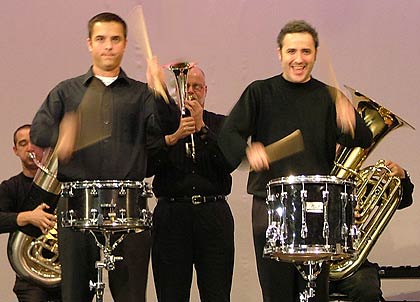> If a mic outputs 1V
Then it is a very hot mike too close to a very loud source.
For the hottest large condensers, it is about 128dB SPL. This is roughly the nearfield of an overpowered 12" guitar speaker. It is a few dB hotter than you find in front of a large orchestra. I scale my AKG 414s for about 0.5V max, but have never hit it.
For dynamic mikes, it is about 148dB SPL. You do not have any 140+dB SPL sources around the studio.
In The Olden Days, US and UK mike inputs overloaded about 30mV, and we were usually happy. With the advent of rock-n-roll, we paid more for 100mV transformers in a portable Langevin. On dynamics and ribbons, 30mV is usually ample and 100mV is always plenty.
The really-hot German condenser mikes were not made for such inputs. In essense, these have the first preamp inside the mike, and the board input is a high-gain line input. Such mikes (when sold commercially) always have a -10dB or -20db PAD for use with ordinary mike inputs. In my other room, the 414s run with the -10dB pad engaged so they can work with a simple preamp that was not scaled for their hot output. Most better general-purpose mike amps have a PAD switch. And Shure sells inline pads.
There is NO sin in padding a mike when it is as hot as 1V. I dislike it on principle, but there is nothing wrong with it in practice.




